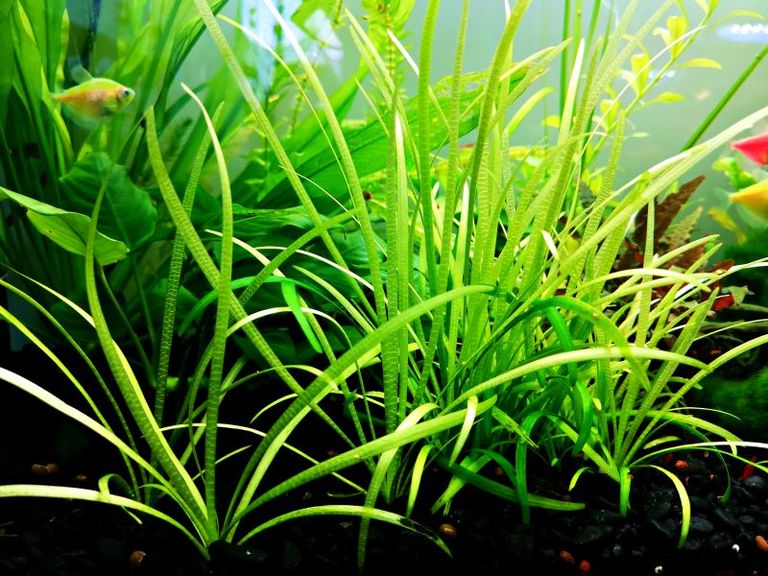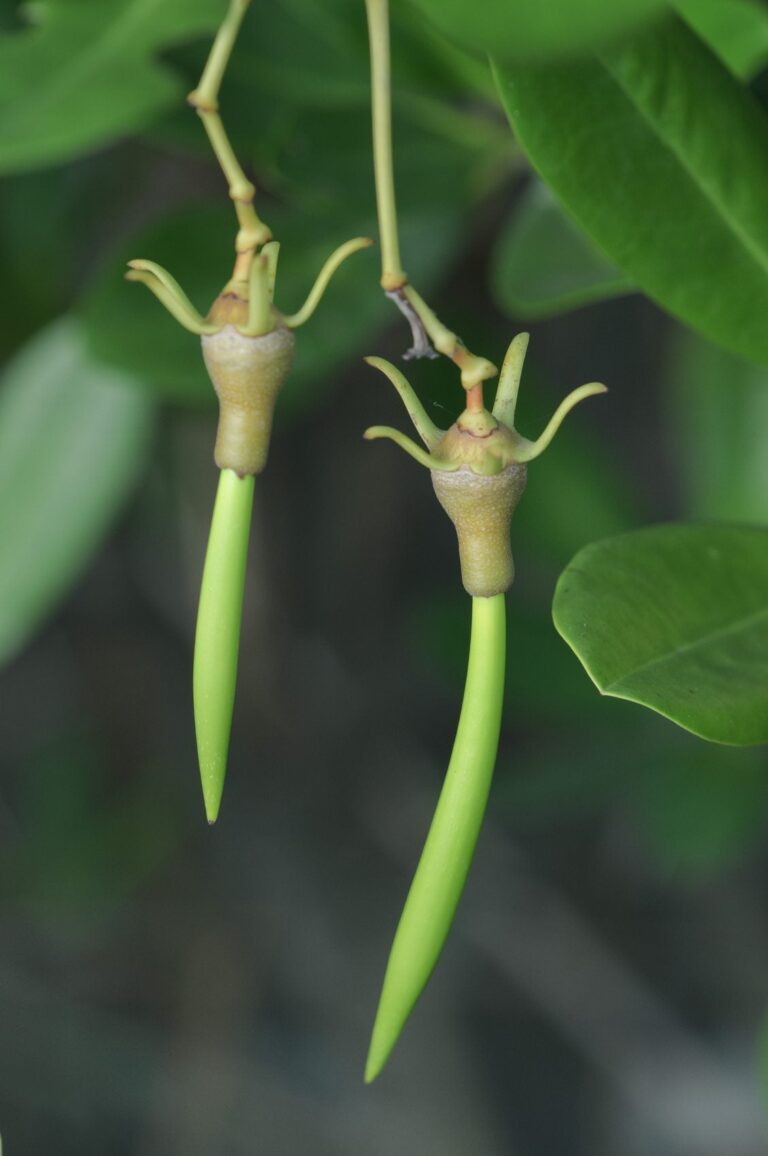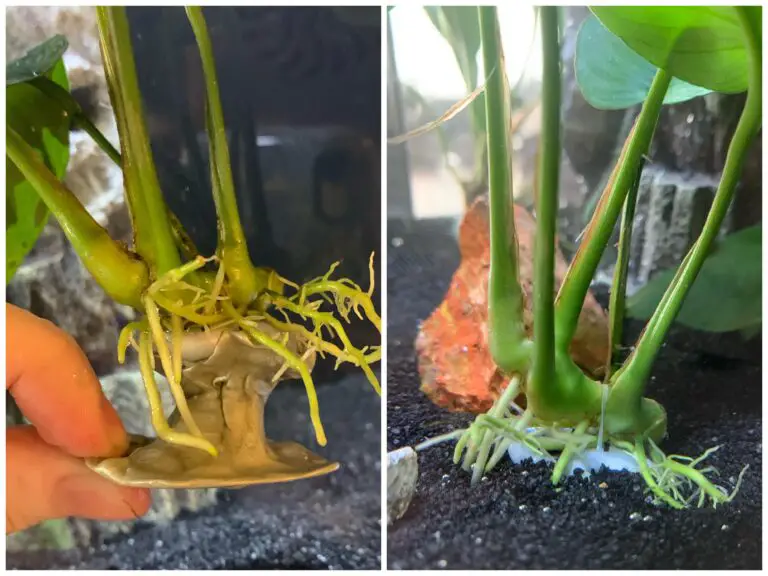Aquarium Plants Low Light
Aquarium Plants for Low Light: Adding Beauty to Your Underwater Oasis
Low light aquarium plants are a great option for fish tank enthusiasts who want to create a lush and vibrant underwater environment without the need for intense lighting. These plants thrive in conditions with lower levels of light, making them perfect for aquariums that don’t receive direct sunlight or have limited access to artificial lighting.
In this article, we’ll explore the benefits of adding low light aquarium plants to your tank, the different types of plants available, care tips, and some frequently asked questions to help you create and maintain a thriving aquatic ecosystem.
Benefits of Low Light Aquarium Plants
Adding low light aquarium plants to your fish tank offers numerous benefits for both the aquatic environment and the overall health of your fish. Here are some of the main advantages:
1. Improved water quality: Low light aquarium plants absorb excess nutrients like nitrates and phosphates, which helps to prevent algae growth and maintain cleaner water conditions for your fish.
2. Oxygenation: Plants produce oxygen through photosynthesis, ensuring a steady supply of oxygen for the fish. This is particularly important in low oxygen situations, such as when the tank is heavily stocked or lacks surface agitation.

3. Natural habitat: Many species of fish are used to living among plants in their natural habitats. Incorporating low light plants into your aquarium helps replicate their natural environment, reducing stress and promoting the overall well-being of your fish.
4. Aesthetic appeal: Low light plants add beauty and visual interest to your aquarium. From lush green leaves to delicate flowers, these plants can transform your fish tank into an eye-catching underwater oasis.
Types of Low Light Aquarium Plants
There are several types of low light aquarium plants to choose from, each with its own unique characteristics. Here are some popular options to consider for your fish tank:
1. Anubias: Anubias is a popular choice among aquarists due to its hardy nature and ability to thrive in low light conditions. It features large, broad leaves that can range from dark green to variegated patterns, adding a visually appealing touch to your aquarium.
2. Java Fern: Java Fern is another versatile and easy-to-maintain plant that can survive in low light environments. Its beautiful fern-like leaves provide a natural and striking element to your fish tank.
3. Cryptocoryne: Cryptocoryne, also known as “crypts,” is a group of plants that come in various species, each with its own leaf shape and coloration. These plants are known for their ability to tolerate low light conditions and can add depth and texture to your aquarium.
4. Mosses: Various types of mosses, such as Java Moss and Christmas Moss, can thrive in low light aquariums. They can be attached to driftwood or rocks to create pleasing green landscapes or used as accents on other plants.
Care Tips for Low Light Aquarium Plants
While low light aquarium plants are generally low-maintenance, they still require some care to thrive and provide the benefits mentioned above. Here are some essential care tips to keep in mind:
1. Lighting requirements: Although low light plants can tolerate lower light levels, it’s still important to provide them with some lighting. Ideally, aim for 0.5 to 1 watt per gallon of fluorescent lighting, or 20-40 lumens per liter for LED lighting.
2. Substrate: Choose a suitable substrate for your plants. Many low light plants can grow with gravel or sand substrates, but adding nutrient-rich substrates like planted tank-specific soils can provide additional benefits.
3. Fertilization: While low light plants have lower nutrient demands compared to high light plants, periodic fertilization is still necessary. Liquid fertilizers or root tablets can help provide essential nutrients like iron and potassium to support healthy growth.
4. Water maintenance: Regular water changes are essential to maintain water quality and prevent nutrient build-ups. Aim for weekly water changes of around 20% to 30% of the total tank volume.
5. Pruning and maintenance: Trim your plants regularly to remove dead or decaying leaves. This helps maintain plant health and prevents them from overshadowing other plants or blocking light.
6. Compatibility with fish: Consider the fish species you plan to keep when choosing low light plants. Some fish may uproot or eat certain plants, so ensure compatibility between your plant choices and the fish species in your tank.
Now that you have a basic understanding of low light aquarium plants, let’s address some frequently asked questions to further expand your knowledge on this topic.
Frequently Asked Questions
1. Can low light plants survive without any artificial lighting?
While low light plants can tolerate lower light levels, they would still require some amount of lighting to grow and thrive. If your tank receives absolutely no light, you may consider using low-light-tolerant floating plants like Hornwort or Duckweed, which can survive in natural light conditions.
2. Can low light plants be used in a tank with high light plants?
Yes, low light plants can be used alongside high light plants. However, it’s important to consider the different lighting requirements of each plant and position them accordingly. Place high light plants nearer to the source of light and low light plants in shaded areas to ensure all plants receive their required light levels.
3. How often should I fertilize my low light plants?
Low light plants have lower nutrient requirements compared to high light plants. It is generally recommended to fertilize low light aquarium plants once every two to four weeks. Monitor the growth and coloration of your plants regularly and adjust the fertilization frequency as needed.
4. Can I use low light plants in a saltwater aquarium?
Most low light plants are freshwater plants and may not survive in a saltwater aquarium. However, there are a few overall hardy plants that can tolerate brackish water conditions, such as certain species of Anubias and Java Fern. Always research the specific plant’s requirements before adding it to a saltwater tank.
Final Thoughts
Low light aquarium plants open up new possibilities for creating a captivating and thriving underwater ecosystem, even in tanks with limited lighting. From Anubias to Java Fern, there is a wide variety of plant options to suit your aesthetic preferences and tank conditions.
Remember to provide adequate lighting, choose a suitable substrate, fertilize as required, and maintain consistent water quality to ensure the health and longevity of your low light plants. With proper care, your aquarium will become a beautiful and enchanting oasis for both your fish and yourself to enjoy.



